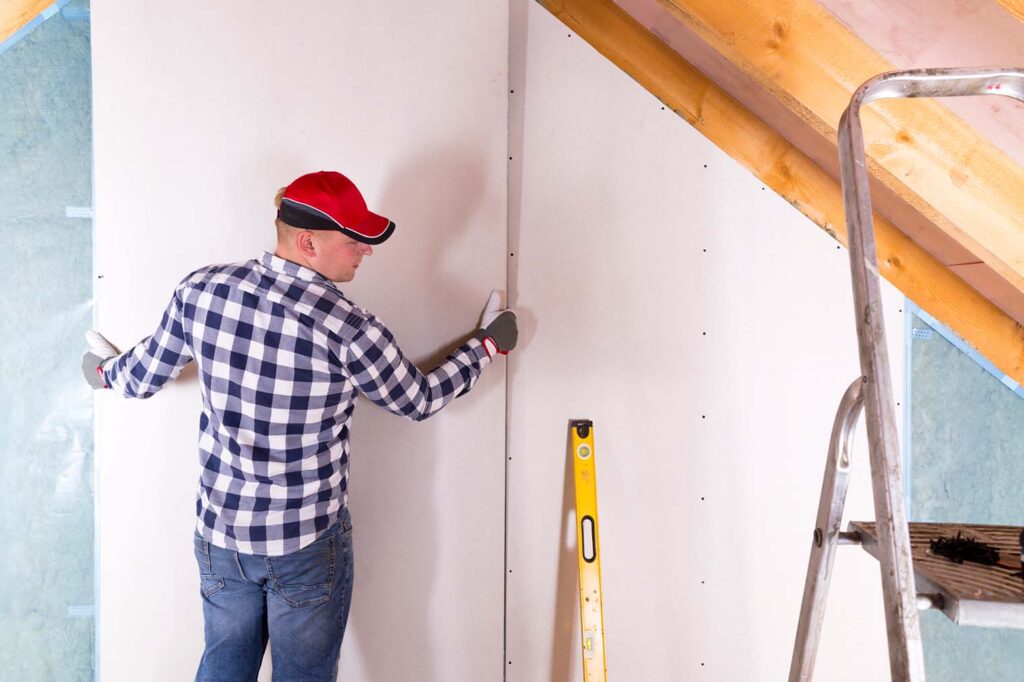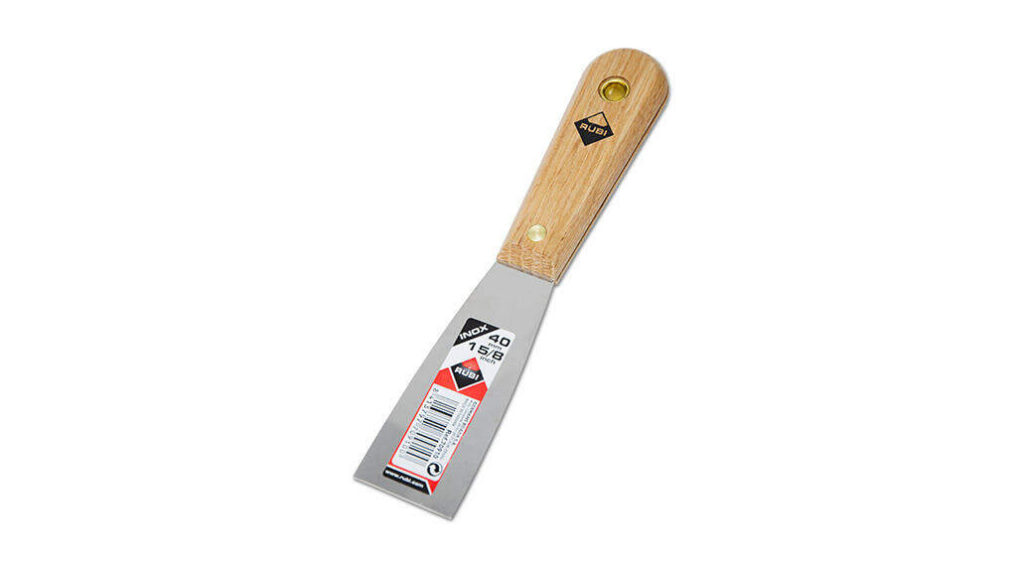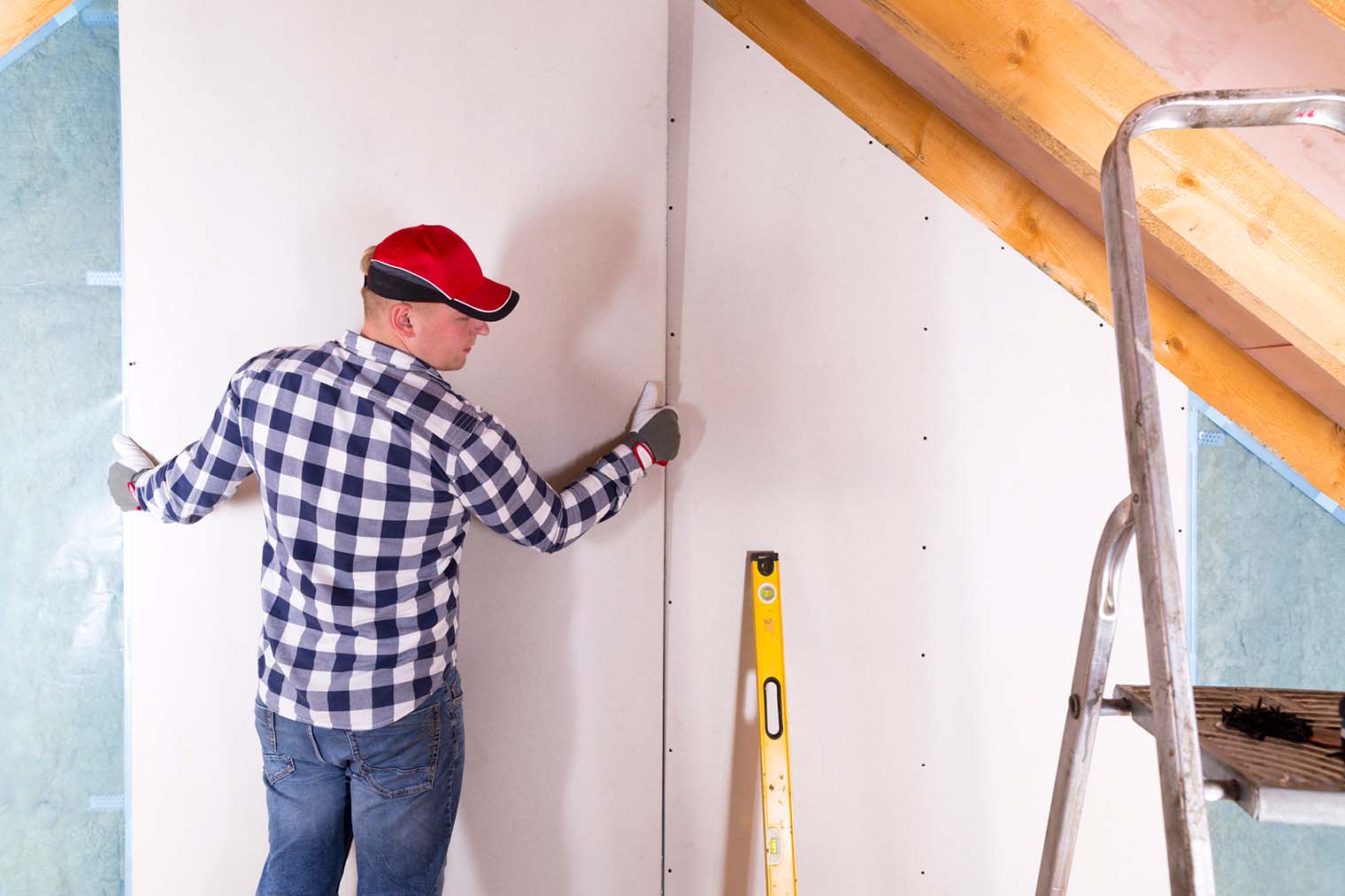Drywall was first invented in 1894. It quickly grew in popularity since then. Today, most homes have walls and other structures that are made of drywall. This is because it is a very durable and convenient substance. It is also easy to produce which is why it is so commonly used in homes. But what if we want to do a tile installation over drywall? Do you prime drywall before tiling?


How can you make sure that you tile your drywall correctly? Is there a significant difference between primed drywall and unprimed drywall? Keep reading and learn more about how it works below.
Do You Prime Drywall Before Tiling
Suppose you have some drywall in the bathroom that you want to cover in tile. The drywall is already a smooth, clean surface for tiles. Should you just put the tiles directly on the drywall?
This is not a good idea as putting the tiles on unprimed drywall won’t work out well. Many people are tempted to skip using primers. This is because it takes a while to prime drywall.
But skipping this step may create future problems. Your tiles may seem to stick well to the drywall at first. But after some time passes, you may notice the tiles coming loose.
Some may fall off and crack. This would require more work, time, and money from you down the road. It is best to apply the primer to the drywall before you put any tiles down.
This will minimize the problems you may have with the tiles in the future. This is true for backsplashes, decorative tiles, and so on. Professional tiling services always prime the drywall before putting any tiles up.
Primed drywall is a great foundation for tiles.
This process also protects the drywall. This is important because drywall is a porous substance.
The Importance of Priming Your Walls
The primer fills in these pores and acts as a protective layer. This reduces the risk that moisture and debris will get stuck inside the drywall. This is important since moist drywall is a breeding ground for mold and mildew.
The last thing you want is mold growing in your new drywall. This could create problems with the air quality inside your home, especially if you are sensitive or allergic to mold. Primer also makes it easier for tiles to stick to the drywall.
The primer evens out the drywall’s surface and gives it more of an adhesive texture. Primer can also make the tiles last longer. They will more easily stay stuck to the wall and stay there for many years.
This ensures that you won’t have to deal with loose or falling tiles. The more primer you put on the walls, the more resistant they will be. Primed walls are not only resistant to moisture but also changes in temperature.
This is important if the drywall you’re working on is in the bathroom or over your stove. Temperature increases can damage the drywall if it is not protected by primer. This could also interfere with the adhesion of the tiles.
But priming the walls beforehand will prevent this problem. In short, you should prime your drywall before tiling. But how do you do it?
How to Prime Drywall Correctly
Priming drywall isn’t as simple as slapping on some primer and calling it a day. The first step is choosing the right primer. Many people don’t realize that there are several different types of primers.
The type that you get matters. This is because different primers interact in unique ways with different types of drywall. Some primers are only good for certain types of drywall.
Some primers also have special additions, others may be especially resistant to moisture. Others may be especially thick to provide a more even and resistant foundation over the drywall.
Some are better for applying to several different sices. Some primers are specifically designed to adhere tiles to the drywall while others are better for wallpaper. Choosing the right primer for the job will make your life much easier.
After you choose a good tile primer, you’ll need to prep the drywall. Tiling on drywall requires plenty of preparation, otherwise, the tiles won’t have any chance of sticking. Start by sanding down the drywall.
This will remove any imperfections that might stick out from the wall and get in the way. Make sure you wear protective equipment such as a mask and eyeglasses. These are important to keep small particles of drywall from getting into your eyes or lungs.

How It Works
If there are any scratches present on the walls, fill them in with drywall paste. This ensures that the drywall is an even surface.
Make sure you use drywall tape on any seams that are present. This helps strengthen the connection between different pieces of drywall. If the walls are covered in dust after sanding, remove the excess dust with a vacuum hose.
You could also get a damp cloth and remove the dust. Make sure the area is dry before you add any primer. You don’t want to trap moisture between the drywall and the primer as this can damage the drywall.
You can tell if the drywall is dry by looking at the color of the seams and the rest of the wall. Everything should be the same color. If the seams look dark or somewhat muddy, they may still be moist.
Once everything is dry, you can start priming. Make sure you read the label on the primer before you get started. This label will tell you how long it will take to dry.

It may also give you instructions on the best way to apply the primer. You can use different tools to apply the primer. It is best to use smaller and more precise application tools around edges and corners.
You can use larger tools to cover larger spaces. Make sure you tape over anything you don’t want to cover in primer. You’ll then need to wait for the primer to dry, and then you can sand it to get an even surface.
Clean away the excess dust. You can then focus on applying the tiles in whatever fashion you see fit. The primer will act as the perfect foundation.
What Tools Do You Need to Prime Drywall?
You need to use specific tools if you want to prime your walls properly. Make sure you have personal protection equipment such as eyeglasses and a mask. To sand the walls before applying the primer, you’ll need 100- to 120-grit sandpaper.
This type is strong and fine enough to smoothly sand down any rough patches on the drywall. The wall needs to be as even as possible, or the tiles might not fit securely to the wall. You can either use a square of sandpaper or a sanding machine.
A sanding machine is best for large swaths of drywall. If you’re working in a small area, a sanding machine won’t be necessary. Once you sand down the area, go in with 150-grit sandpaper.
This will further refine any bumps in the walls. Once it’s time to clean the walls, get a sponge and a bucket of vinegar and water. This is the best way to remove excess dust and debris.
The Application Process
For applying the primer, you’ll need a paintbrush and a roller. A roller is best for large areas as it can cover more ground in a shorter period. It also does a good job of applying the primer evenly.
Have some paint thinner on hand as well. This will help clean your brush so it can absorb more primer in case it gets too clumpy. Always use even pressure when using a paintbrush or roller.
This ensures that globs of primer won’t get left behind. It is best to use a paintbrush when painting around corners and edges. The brush will give you more control so you can get a clean application.
It is best to apply two coats of primer to get an even foundation. Make sure the first layer dries and gets sanded before applying the next layer. You will then be left with a clean and smooth foundation on which you can put your tiles with tiling tools.
You can then worry about other tiling challenges such as how to clean porcelain tile and so on.
All About Priming Drywall Before Tiling
Do you prime drywall before tiling? Yes, you do, especially if you want your tiles to stick after you apply them. Priming your drywall makes it a resistant and secure foundation for your tiles.
This ensures that your work will stick around for many years. To learn more about tile installation, check out our options.



Post a comment